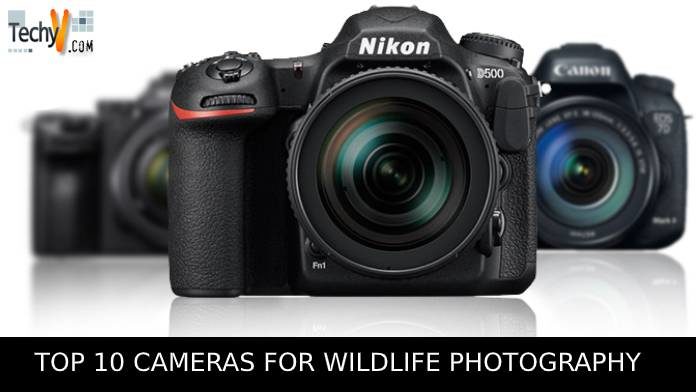Picking a camera for untamed life photography used to mean choosing from a little gathering of expert-level DSLRs that had the speed and zooming focal point choices expected to catch close-up perspectives on quick-moving subjects.
Following is a determination of DSLRs and mirrorless cameras which we suggest for untamed life photography. While not a complete rundown, these models are phenomenal alternatives from their creators.
1. Canon EOS-1D X Mark II
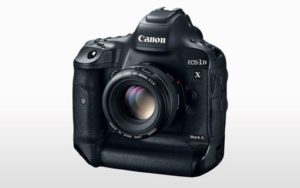
Ordinance’s top proficient DSLR, presented in 2016, is the best DSLR for untamed life photography, considering its speed and the focal point choices in the Canon framework, including super-tele primes and teleconverters. It’s the quickest DSLR right now accessible, with 14 fps catch utilizing the optical viewfinder or up to 16 fps when shooting in Live View. The AF framework is additionally great, with 61 AF focuses, 41 of which are cross-type and good with openings as little as ƒ/8. It’s no big surprise why such a large number of master natural life picture takers shoot with this camera, however, the cost is steep for the more easy-going shooter. For additional on this camera, read “Tech Tips” editorialist George Lepp’s field test with the EOS-1D X Mark II.
2. Canon EOS 90D
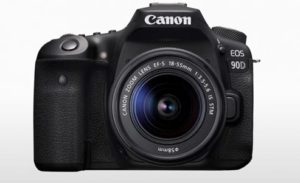
The top APS-C choice from Canon is the Canon EOS 90D presented in 2019. It can catch up to 10 fps—an improvement of 3 fps over its forerunner—the EOS 80D—and tantamount to the EOS 7D Mark II, which was our top APS-sensor Canon camera for untamed life before the presentation of the 90D. The 32.5-megapixel 90D offers a great part of a similar innovation as the Canon EOS M6 Mark II mirrorless camera which was presented simultaneously, however, our pick between the two is the 90D as a result of the broad zooming focal point contributions for Canon DSLRs contrasted with the substantially more restricted determination accessible for the organization’s APS-sensor mirrorless models.
3. Canon EOS R
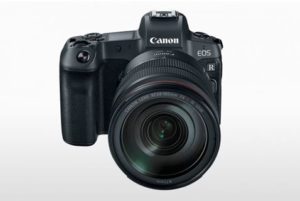
Group’s first full-outline mirrorless camera, the EOS R, utilizes Canon’s Dual Pixel CMOS AF, a sensor-based stage location AF framework with 5,655 physically selectable AF focuses that spread roughly 88 percent of the picture outline. Additionally important is the framework’s capacity to work in low-light conditions down to – 6 EV (contingent upon the focal point utilized) and art openings as little as ƒ/11 equal, implying that the AF framework can bolster, for instance, an EF 100–400mm f/4–5.6 IS II focal point with a 2x teleconverter joined. The EOS R can shoot at up to 8 fps with the emphasis bolted on the principal casing, or 5 fps with ceaseless AF. Peruse our field trial of the Canon EOS R.
4. Fujifilm X-T30
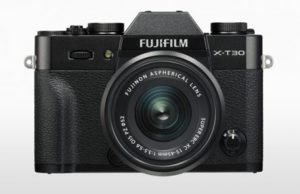
New to the rundown this year is the Fujifilm X-T30. Contrasted with the X-H1, it’s about a large portion of the weight and recognizably increasingly minimal. It’s an update in different regards, as well, with quicker nonstop shooting and higher goal. At full goal, the camera can catch up to 8 fps with its mechanical screen or 20 fps with its electronic shade. At a decreased goal of 16.6 MP, it can catch up to 30 fps with its electronic screen. One expected preferred position of the X-H1 is its in-self-perception adjustment—the X-T30 depends on adjustment worked into its focal points—however for untamed life photography, you’ll likely be utilizing the FUJINON XF100-400mmF4.5-5.6 R LM OIS WR which fuses OIS. The 425-point, sensor-based complexity location AF framework utilizes 2.16 million pixels that spread 100 percent of the edge and can work in diminishing conditions down to – 3.0 EV.
5. Fujifilm X-H1
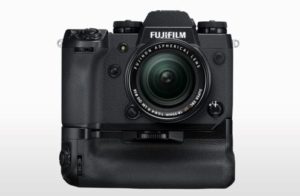
The Fujifilm HX-1, presented in 2018, was the first Fujifilm X Series model quick enough to make our rundown of cameras for untamed life photography. It can take shots at speeds up to 14 fps with its electronic screen, or 8 fps with its mechanical shade. The last can be expanded to 11 fps when utilizing the discretionary Vertical Power Booster Grip VPB-XH1, which additionally stretches out shooting time to around 900 despite everything outlines. The 24.3-megapixel APS-C mirrorless model is the first in the X Series to remember for self-perception adjustment, giving up to 5.5 stops of 5-hub revision with all Fujinon XF and XC focal points. The camera’s AF framework is intended for low-light execution and is perfect with openings as little as ƒ/11. This is incredible for untamed life picture takers, as it implies you can utilize the Fujinon XF100-400mmF4.5-5.6 R LM OIS WR with the Fujinon 2x Teleconverter XF2X TC WR for a 35mm-proportional scope of 304-1218mm without yielding self-adjust.
6. Nikon D5
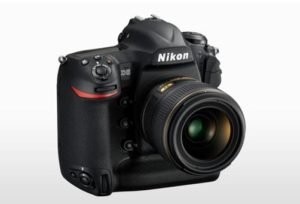
Nikon’s leader DSLR is perfect for untamed life, promising very quick and exact AF, with 153 AF focuses, 99 of which are cross-type, and 15 that can work at gaps as little as ƒ/8. The AF framework additionally includes a devoted processor, and works in amazingly low-light conditions, down to – 4 EV. It can catch 12 fps utilizing the viewfinder or 14 fps with the mirror bolted up. It additionally offers an astonishing ISO extend, expandable up to 3,280,000. While pictures taken at that outrageous will be extremely boisterous, it’s a sign of the sensor’s astounding capacity to gather light in dimmer conditions at the finishes of the day. Nikon’s framework incorporates a strong scope of premium zooming focal points and teleconverters, settling on this camera another top decision of natural life photography genius.
7. Nikon D850
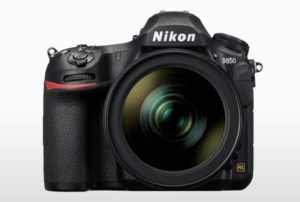
Presented in 2017, the D850 is outstanding amongst other DSLRs ever constructed and an astounding decision for natural life work. It offers gigantic 45.7 MP stills and can catch 7 fps at that full goal, or up to 9 fps with the discretionary MB-D18 Multi-Power Battery Pack. Like the D5, the D850 incorporates Nikon’s 153-point, Multi-Cam 20K AF framework, which highlights 99 cross sort sensors, 15 of which are touchy to ƒ/8. Specifically, compelling to natural life picture takers, the D850 offers a quiet shooting mode when utilizing its electronic screen, with outline rates up to 6 fps at the camera’s full goal with presentation and center bolted, or up to 30 fps at 8.6-megapixel goal in DX mode. That last alternative will be especially profitable for fax natural life work because, while it delivers a lower-goal picture, it’s extraordinarily quick, quiet and the DX mode crop implies your central length identical is amplified by 1.5x.
8. Nikon D500
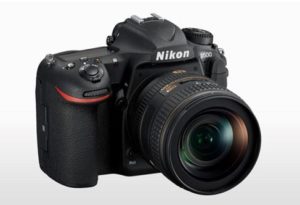
The D500 incorporates the equivalent AF framework as the top-end ace D5, just as its EXPEED 5 processor. Although it’s not exactly as quick as the D5, it’s still rapid at its maximum pace of 10 fps. It additionally includes a similar degree of climate fixing as the ace model D810, and however not exactly the D5’s galactic ISO max, offers an exceptional ISO goes, expandable to 1,640,000.
9. Nikon Z 6
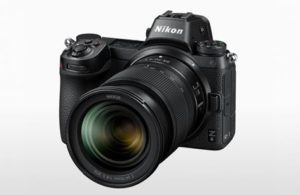
Both the Nikon Z 6 and Z 7, the organization’s first full-outline mirrorless cameras, are a decent decision for untamed life photography, however, we lean toward the Z 6 for this application. Even though it’s much lower in goal than the Z7 (24.5 MP versus 45.7) it offers a quicker consistent catch pace of 12 fps (8 fps for the Z 7). Firmware Version 2, discharged May 2019, gave the two cameras improved low-light AF execution, however, the Z 6 was the greater recipient, ready to work in – 6 EV conditions (- 2 EV for the Z 7). It likewise has a higher max local ISO of 51,200 contrasted with the Z 7’s 25,600. It is anything but an immense differentiation, however, when shooting in the early morning and late-night when natural life is dynamic, any improvement in low-light execution is significant. Peruse our field trial of the Nikon Z framework.
10. Olympus OM-D E-M1X
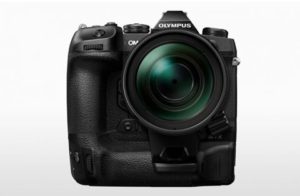
Structured in light of expert picture takers, the most up to date OM-D framework camera from Olympus is a magnificent decision for untamed life photography. The OM-D E-M1X highlights an in-self-perception adjustment framework equipped for 7 stops of the amendment. It can take shots at speeds up to 18 fps with AF/AE following and in quiet mode, or up to 60 fps with center and presentation bolted. Another component useful for untamed life photography is the Olympus Pro Capture Mode, which when enacted, cushions up to 35 casings persistently and, when the shade is completely discouraged, records the first 35 edges.
Like the OM-D E-M1 Mark II, as a Micro Four Thirds sensor camera, the central length of focal points connected to the OM-D E-M1X are viably amplified 2x, implying that the Olympus M.ZUIKO ED 300MM F4.0 IS PRO is comparable to a 600mm focal point, yet significantly littler and lighter than the 600mm primes for full-outline cameras.



